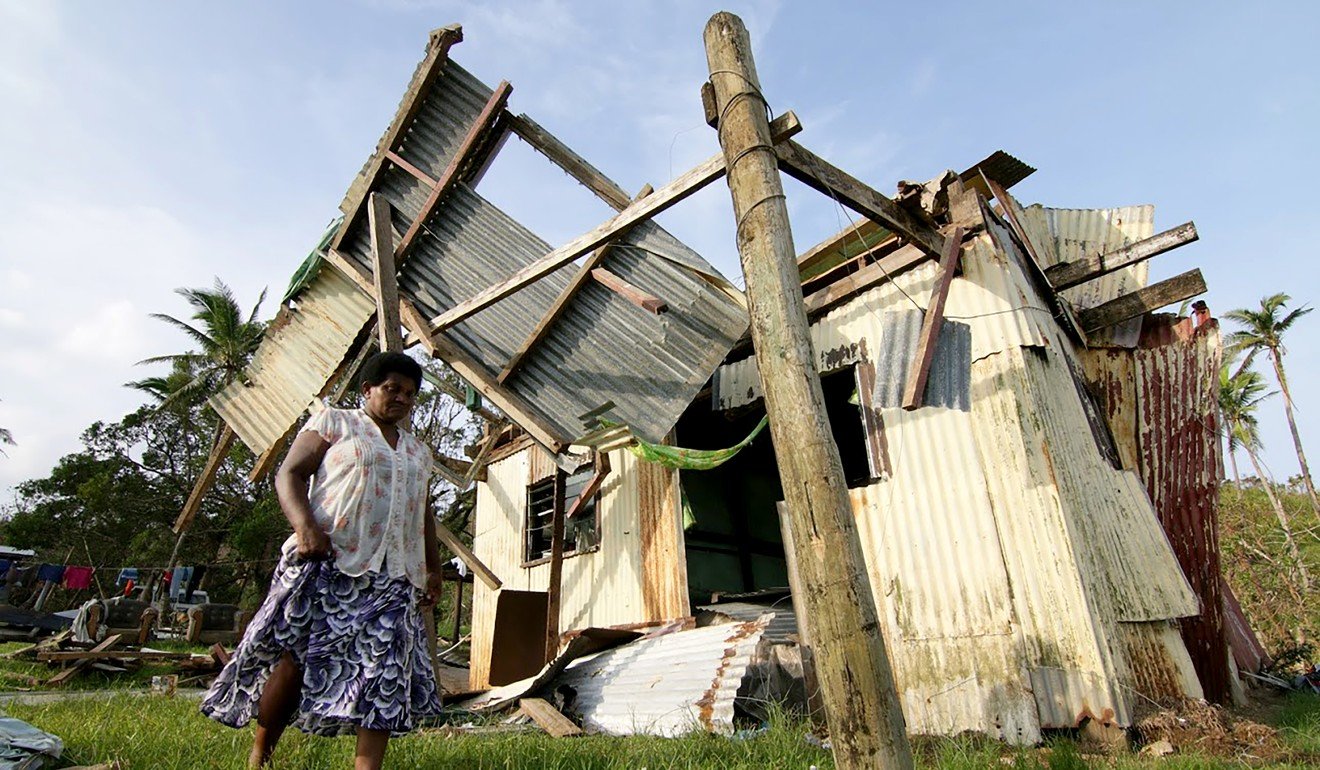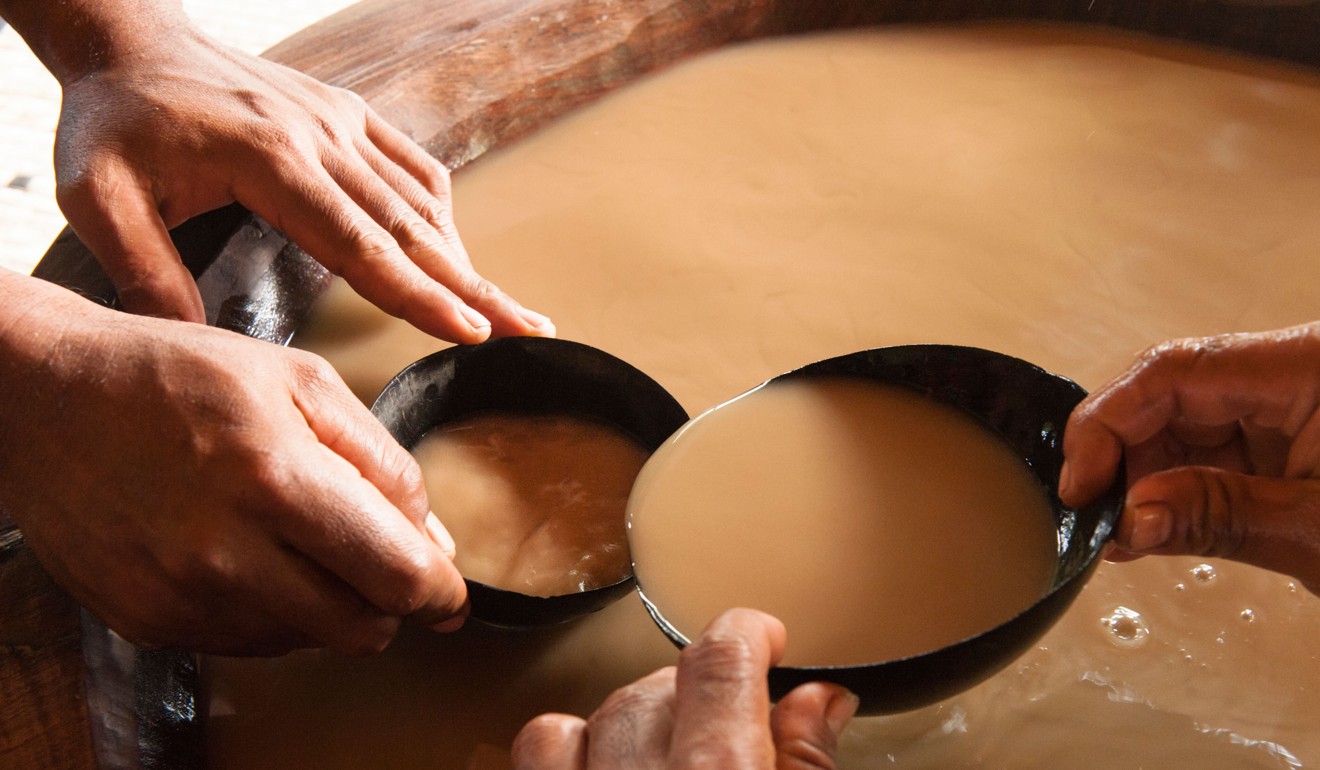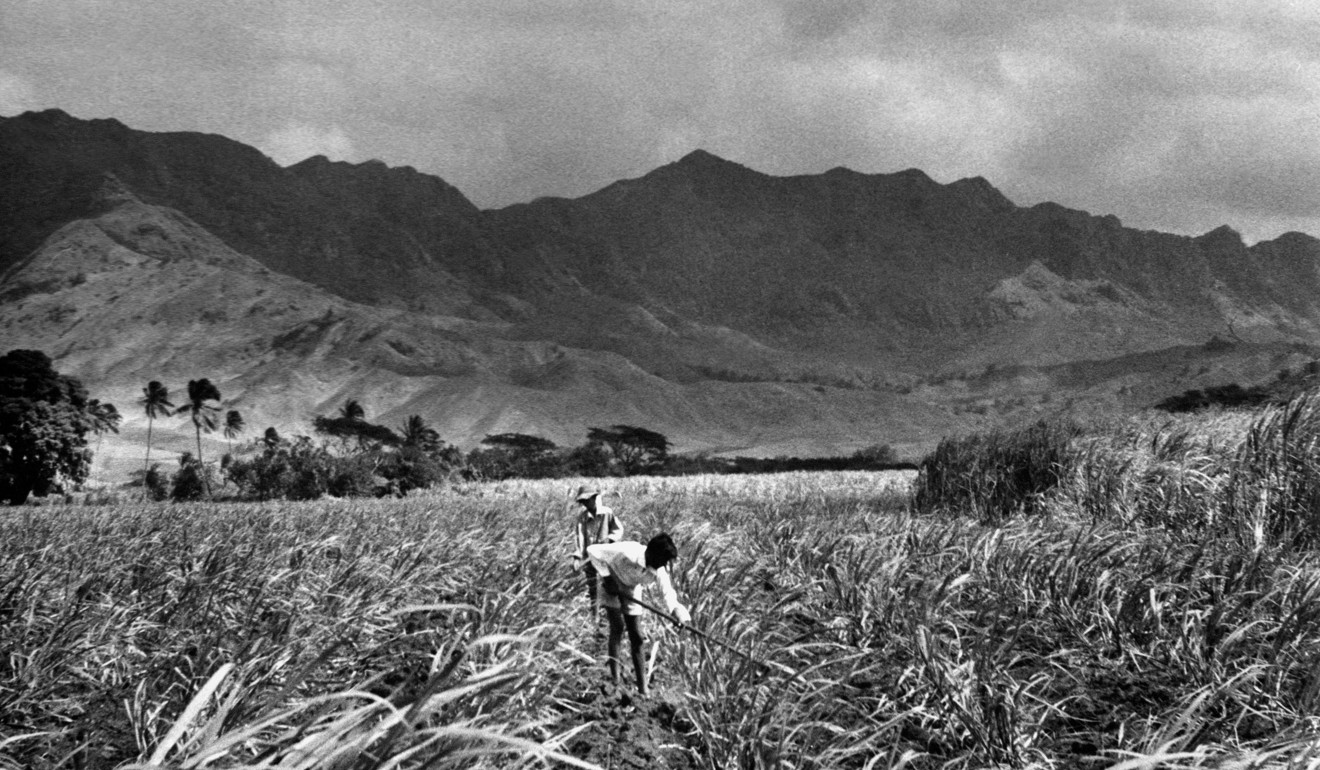
The good, bad and ugly sides to a holiday in Fiji – the hardest decision is where to go first
The cannibals may have been replaced with smiling locals in the South Pacific islands, but keep an eye on your wallet
The good
On a recent press trip, several big-league travel writers with well over 1.5 million kilometres under their belts were informally polled as to their all-time favourite destinations. Without consulting one another, each of the journalists unhesitatingly answered, “Fiji”. The man who took the poll, himself a globetrotting airline executive, was astounded. “I’ve never been there. What makes it so great?” he asked. “The people,” was the reply.
OK, so that introduction from Lonely Planet’s Fiji: A Travel Survival Kit dates back to 1990 but little has changed over the years. Jump on a local bus; greet everyone with a hearty Bula! and you could find yourself joining in a lung-busting sing song before disembarking with the addresses of half a dozen strangers scribbled on bits of paper. And to think Fijians were once cannibals.
In tourism terms, there are three Fijis. Package holidaymakers from Australia and New Zealand make up two thirds of all visitors, with the majority staying along the Coral Coast, a strip of resort hotels on the main island of Viti Levu. The second group comprises airline passengers crossing the Pacific from Australasia to North America (or vice versa), who choose the Commonwealth country as a stopover destination.
These “48 hours in Fiji” tourists tend to stay in the same Coral Coast hotels due to their location, a short drive from Nadi International Airport. Then there’s the mix of backpackers, retirees and other globetrotters who leave their watches behind and embrace the leisurely approach to life known as “Fiji time”.
Fiji’s private islands offer a romantic escape
The archipelago’s 330 islands are blessed with pristine beaches, dazzling coral gardens and cerulean lagoons – the toughest decision is where to go first. A week is the minimum needed to explore the Yasawa Islands, a Maldives mini-me you’d be mad to miss. Stay on Nacula or Tavewa, which combine low-key tourism with a back-to-nature vibe, or book a boutique cruise and see the atolls and islets from a different perspective.
Those with more time are advised to hop on a ferry and see where they end up. Holidaymakers are notable by their absence on Vanua Levu, Fiji’s second largest and noticeably less developed island, while neighbouring Taveuni is considered one of the best dive sites in the world.
The International Dateline used to bisect the Garden Isle and everyone stops for a “one foot in today; one in tomorrow” photo next to a sign marking the former location of the 180th meridian. Locals joke that since Fiji gets a few hours head start each morning, they’re happy to take things slowly and give the rest of the world a chance to catch up. No one in these parts confuses datelines with deadlines.

Completely off the sightseeing circuit is the remote Lau Island chain, where lives are lived in the traditional Melanesian manner. Remember to bring a bundle of kava, which is presented to the village chief as a gift. The roots are pounded into a powder, mixed with water and sieved before being served during a “grog session” at which you will be the guest of honour.
In the early 1990s, I was invited to stay with a family in their wood-and-straw hut on a tiny speck of an island. Each evening, the village kids and I walked to the most beautiful beach I’d ever seen and, using a coconut for a ball, we played seven-a-side rugby as the sun set over the horizon.
I wonder if Fiji ever fulfilled their potential in that particular sport …
The bad

Tourists rave about the hospitality and friendliness of the islanders but relations between indigenous Fijians and the Indian community are superficially cordial at best.
Originally brought to the country by the British in the 19th century, to work on sugar plantations, Fiji’s Indians represent 37 per cent of the population and ethnic tension is rarely far beneath the surface. Native Fijian fears of political power falling into the hands of the industrious and economically savvy Indians have resulted in four military coups since the South Pacific nation gained independence from Britain, in 1970.
In 2017, travel and tourism directly supported 42,500 jobs across the archipelago but much of this work is temporary. Fiji’s cyclone season (November to April) is never going to be a popular time to visit, particularly as it coincides with summer in Australia and New Zealand – two countries that aren’t exactly short of idyllic strands of sand and turquoise seas.
Tourists flee Fiji as cyclone death toll hits 17, with villages obliterated by 325km/h winds
Talking of which, most Coral Coast beaches are so ordinary that guests prefer to swim in hotel pools. Reaching those sublime stretches of palm-fringed paradise involves taking ferries to distant islands, something tourists on stopovers and mini breaks don’t always have time for.
When it comes to authentic travel experiences, nothing beats a kava ceremony at a faraway village in the company of the chief and his elders. The ritual hand clapping and communal passing of the grog-filled coconut shell will have you feeling like a Fijian – at least until you actually drink the mildly sedative stuff. “Muddy dish water” and “second-hand bath water” are two of the kinder descriptions tourists have given of the taste.
Meanwhile, despite an abundance of locally grown produce and fish, Fiji has the world’s highest death rate from diabetes. One in three adults suffers from the disease, with three amputations taking place each day.

Petty theft is a perennial Fijian problem. Many islanders depend on subsistence agriculture, growing enough to feed themselves with any surplus sold to pay for essentials such as washing powder. As a result, stealing (and promptly selling) cameras and phones is a tempting way of making quick cash. The risk of becoming a victim is higher in urban areas but incidences are much lower in villages where, if caught, the thief would have to answer to the chief.
Lastly, “Fiji time” might sound endearing in a vaguely patronising way. And it certainly describes the relaxed local attitude to punctuality but it can be frustrating when a ferry service is delayed, or a tour doesn’t begin when it’s supposed to. Still, a late start is one thing, manipulating time for personal and financial gain is another entirely …
The ugly

Today, the International Dateline zigzags around Fiji but, a century ago, when it ran straight through the middle of Taveuni, British colonial planters were able to work their labourers seven days a week. Sunday is a day of rest in Fiji, but as some fields spanned both sides of the 180th meridian, creative farmers simply moved their workers to parts of the plantation where it was already Monday.

